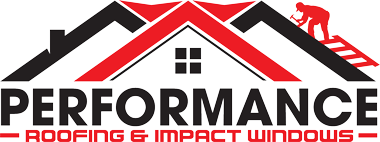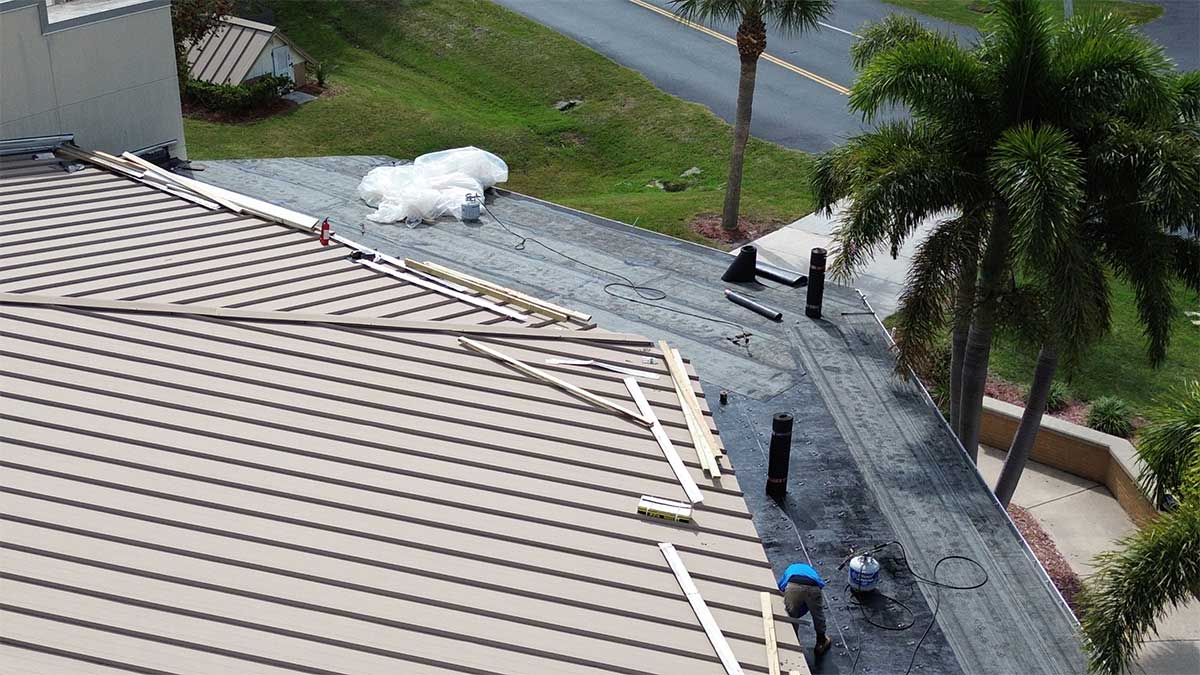- By rocco
- Uncategorized
- 0 Comment
Flat Roofing Systems
Flat and low-slope roofs are commonly found on modern homes, commercial buildings, multi-family units, and roof decks. While they look simple, flat roofs require a specialized system to ensure long-term waterproofing. This guide breaks down the most common flat roof materials — SBS Modified Bitumen, TPO, and PVC — and how they work together with proper installation.
Flat Roofs vs. Sloped Roofs
Unlike pitched roofs that shed water through gravity, flat roofs must resist standing water (ponding) and direct rainfall. The materials used must form a continuous, sealed membrane that handles heat, UV exposure, and seasonal movement.
SBS Modified Bitumen
SBS (Styrene-Butadiene-Styrene) Modified Bitumen is a rubberized asphalt membrane applied in two or more layers. It offers excellent durability and flexibility, especially for roofs that experience temperature swings or foot traffic.
- Installed via torch-down, hot mop, or self-adhered peel-and-stick methods
- Typically includes a base sheet and cap sheet system
- Cap sheet may have a granulated or reflective surface for UV protection
- Strong seams and puncture resistance make it ideal for multi-family buildings and low-slope homes
TPO (Thermoplastic Polyolefin)
TPO is a single-ply white membrane designed to reflect heat and reduce cooling costs. It’s one of the most popular flat roofing systems for commercial and residential low-slope structures.
- Heat-welded seams create a watertight bond
- High reflectivity helps lower energy bills
- Flexible and lightweight
- Resistant to UV, mold, and chemicals
- Installed using mechanical fastening, adhesives, or ballasted systems
PVC (Polyvinyl Chloride)
PVC is another single-ply membrane similar to TPO, but with enhanced chemical resistance and longevity. It’s commonly used on commercial or rooftop applications where oils, grease, or harsh contaminants may be present.
- Heat-welded seams for waterproofing
- Exceptional durability and chemical resistance
- Excellent performance in ponding situations
- May cost more upfront but delivers long service life
Installation Process (Flat Roof Systems)
- Remove any existing roof system down to the deck
- Inspect, repair, or re-pitch the substrate for drainage
- Install base layer or insulation board (if required)
- Apply membrane (SBS, TPO, or PVC) using appropriate method
- Heat weld or seal seams and penetrations
- Install edge metal and drainage components
- Final inspection and optional coating for UV or traffic protection
Flat Roof Maintenance & Lifespan
Flat roofs typically last 15–30 years depending on the system. They should be inspected regularly to clear drains, check seams, and look for membrane damage from ponding or foot traffic. SBS and PVC tend to last longer than TPO in harsh conditions or under constant exposure.
Is a Flat Roof Right for You?
Flat roofs are a great solution for modern designs, rooftop terraces, and multi-unit buildings. They offer space efficiency and can be combined with solar systems or green roof installations. With proper materials and drainage, they are a reliable, energy-smart choice for Florida properties.

